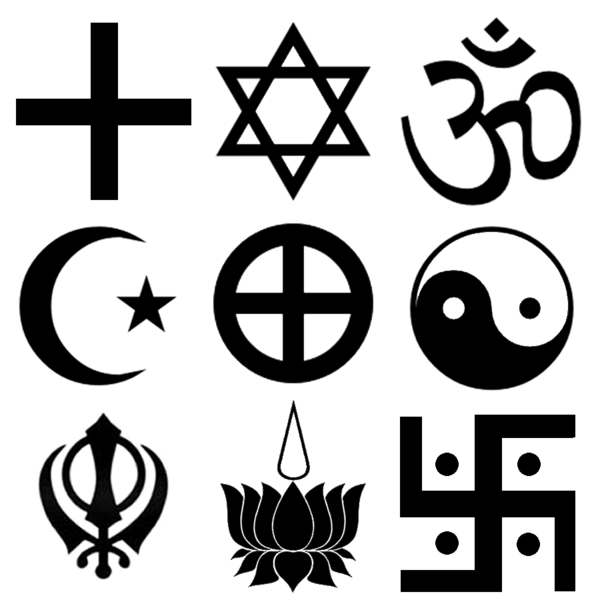Lebanon, a small yet remarkably intricate nation, is often described as a confluence of diverse faith traditions. This intricate tapestry is perhaps most visible when examining the nation’s religious demographics, which have evolved through millennia of migrations, conquests, and cultural exchanges. In understanding the religion of Lebanon, one must appreciate its multifaceted nature and the profundity of its historical roots.
At the heart of Lebanon’s religious landscape lies its Christian population, which has historically played a pivotal role in shaping the country’s ethos. While the country is home to multiple faiths, including Islam and various minority religions, the Christian community is significant, comprising approximately one-third of the total population. This demographic mixture reveals a complex coexistence among Christians and Muslims, rooted in centuries of communal interaction.
The major Christian denominations in Lebanon include the Maronite Church, the Greek Orthodox Church, and the Armenian Apostolic Church, among others. The Maronite Church, a prominent branch of Eastern Catholicism, claims a rich heritage that can be traced back to the early days of Christianity. Its adherents are known for their dedication to preserving distinct liturgical practices and cultural identity. The Greek Orthodox Church, aligned with the broader Eastern Orthodox tradition, also boasts a significant following, showcasing the depth of Christian faith within Lebanon. The Armenian Apostolic Church, one of the oldest in the world, adds another layer of historical importance to Lebanon’s Christian fabric, reflecting the reality of the Armenian diaspora following the harrowing events of the early 20th century.
Lebanon’s geographical and historical context has fostered a unique religious pluralism. This mosaic does not merely coexist; it often intermingles and influences one another. Numerous festivals, such as Christmas and Easter, are celebrated fervently by Christians, yet these joyous occasions are recognized and respected by their Muslim neighbors. Such communal observance fosters an atmosphere of mutual respect, challenging the often-held belief that inter-religious dialogue is fraught with discord.
In addition to the sociocultural implications, Lebanon’s complex relationship with Christianity and Islam raises significant questions about the essence of faith and identity in a contemporary world. The aftermath of the Lebanese Civil War (1975-1990) marked a turning point, thrusting religious identity to the forefront of national discourse. The war revealed the fragility of Lebanon’s delicate religious balance, where political affiliations often aligned with confessional identities. This alignment has led to ongoing discussions about governance, representation, and the essence of citizenship in a multi-religious society.
Interestingly, the notion of the “Lebanese spirit” is often invoked to inspire a collective identity beyond sectarian lines. This spirit underscores the potential harmony that exists amidst theological diversity. Interfaith initiatives have emerged, aimed at cultivating understanding and tolerance across religious boundaries. Younger generations, in particular, are increasingly seeking to transcend inherited sectarian divisions, igniting optimism for a future where communal identities do not hinder shared aspirations.
Art and literature in Lebanon also reflect the intertwining of religious influences. Renowned authors like Khalil Gibran and contemporary artists explore themes of faith through a Christian lens, while simultaneously engaging with Islamic motifs. This creative intersection prompts a reevaluation of how faith traditions can coexist artistically and philosophically, suggesting a shared humanity that transcends mere dogma.
However, challenges persist. Economic instability, political strife, and the influx of refugees from neighboring countries have exacerbated sectarian tensions, leading many to question the viability of Lebanon’s religious coexistence. Yet within this turmoil, there often emerges a glimmer of hope, as local communities mobilize to provide support, irrespective of faith, demonstrating that compassion knows no religious boundaries.
Lebanon serves as a microcosm of broader global phenomena, where the rise of secularism and globalization contests traditional religious structures. As individuals navigate their spiritual identities, the Christian community in Lebanon is at a crossroads, facing the dual challenge of upholding age-old traditions while embracing modern values. This pivotal moment invites introspection on whether faith can evolve to remain relevant in a rapidly changing world.
The quest for religious identity in Lebanon is intrinsically tied to historical narratives and collective memory. The vibrant discourse surrounding Lebanon’s faith traditions presents an opportunity to reflect on the profound significance of religion as both a source of comfort and contention. Through earnest dialogue and shared experiences, there is hope that the religious diversity found within Lebanon can continue to foster a spirit of unity amidst differences.
In conclusion, the religion of Lebanon is undoubtedly a rich tapestry woven from myriad threads of belief and practice. From its historical foundations to the contemporary dialogues shaping its future, the Christian experience in Lebanon is marked by resilience and adaptability. As we delve deeper into the complexities of faith within this small yet mighty nation, one cannot help but feel a sense of curiosity about the possibilities for coexistence and the unyielding spirit of its people. In a world yearning for understanding, Lebanon stands as a testament to the enduring power of faith in shaping both personal identity and collective destiny.



